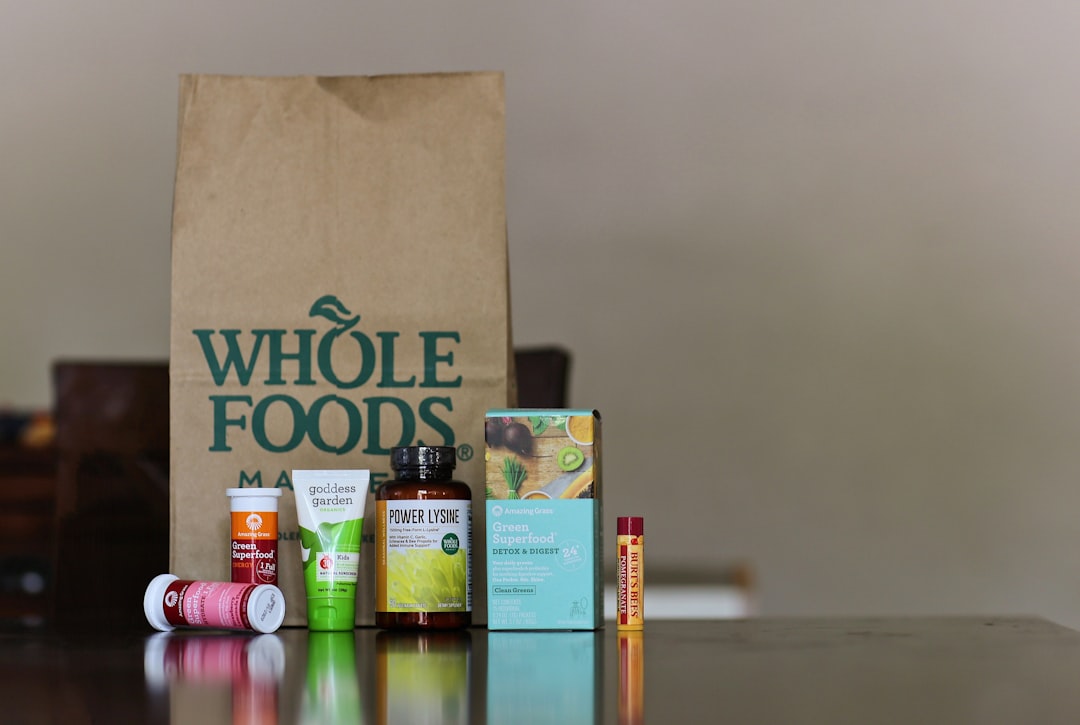- The Daily Tonic
- Posts
- What’s the deal with the candida cleanse diet?
What’s the deal with the candida cleanse diet?
Plus: The dieting bully is helping no one.
DEEP DIVE
Candida Cleanse: Worth It, Or Not?
We are still in January, which means people might still be looking to change things up and start the year on the right foot. So, what’s the next big diet trend? Maybe you’ve heard of the Candida cleanser diet. Perhaps you’ve thought about giving it a try. So what does this diet entail, and should you seriously consider it?
Candida is a common fungus found in the human body, typically in areas such as the mouth, skin, digestive tract, toenails, rectum, and vagina (READ MORE). Generally, it’s harmless, but an overgrowth can lead to infection. The candida diet is designed to alleviate symptoms of candida infections by following a strict regimen and eliminating specific foods. But here’s the catch: no scientific evidence supports its effectiveness.
The diet aims to reduce inflammation and cure candida infection by limiting sugar, carbohydrates, and yeast-containing foods. At the same time, the diet calls for increasing probiotic-rich foods.
This translates to eating more whole foods than before—nothing wrong with that. Where the diet goes off track, like most trendy diets, is in its claims to treat a broad spectrum of symptoms such as fatigue, brain fog, headaches, and food cravings. These symptoms are often more reflective of factors like poor diet, insufficient fiber intake, lack of sleep, and a tempting modern food environment.
None of these symptoms are necessarily red flags for candida overgrowth. Most Americans just feel crumby because the Standard American Diet is a mess and because most people lead pretty sedentary lifestyles.
Those who follow the candida cleanse diet may feel better, but this is likely due to an increased intake of whole foods rather than the diet’s intended purpose. It’s not a Candida overgrowth that is making you feel terrible. It’s the sugary cereals for breakfast, the Hot Pockets for lunch, and the fact that you are staring at your phone at night for hours instead of going to bed.
So, what’s the downside of the Candida cleanse diet if all it is doing is encouraging people to eat more whole foods? The problem is that if you start believing a fungus overgrowth is making you feel terrible, you might end up spending too much on unnecessary tests and supplements to treat a problem that doesn’t exist.
It’s also important to note that feeling better doesn’t always mean you’ve treated an underlying condition. Our best advice? If you have health concerns, see a medical doctor (MD) or doctor of osteopathic medicine (DO) for a proper diagnosis. If you feel your concerns aren’t being addressed, seek a second or third opinion, but try to avoid following generalized diet advice for medical problems from random TikTok’ers.
The key takeaway? As we move into the new year, let’s commit to avoiding fad diets that promise to treat medical problems without any scientific basis. Instead, focus on incorporating more fruits and vegetables into your diet and avoiding processed junk for a sound approach to general wellness.
But then again, you probably already knew we would say that. Skip the candida cleanse diet and stick to basics for a healthier you this year!
